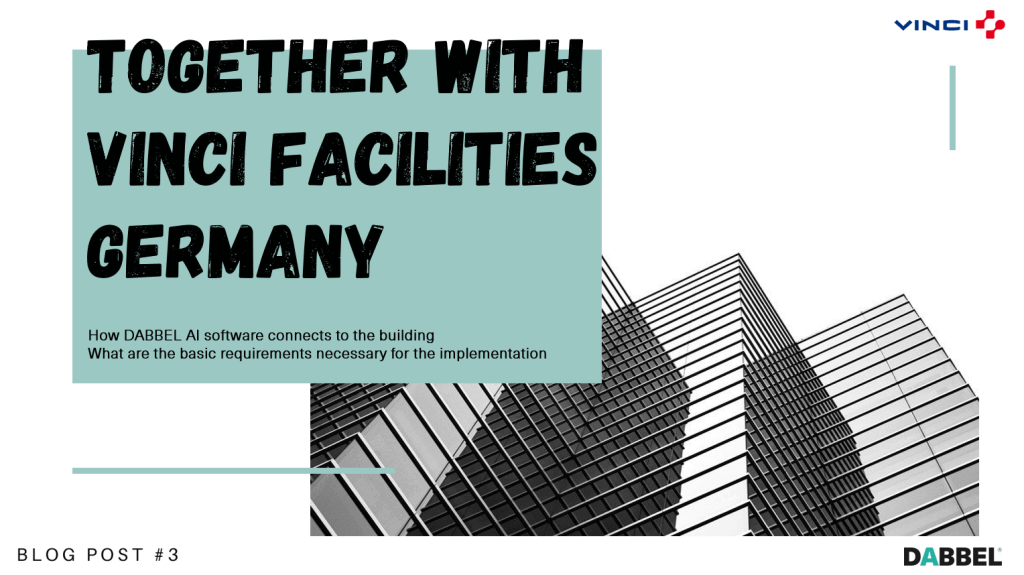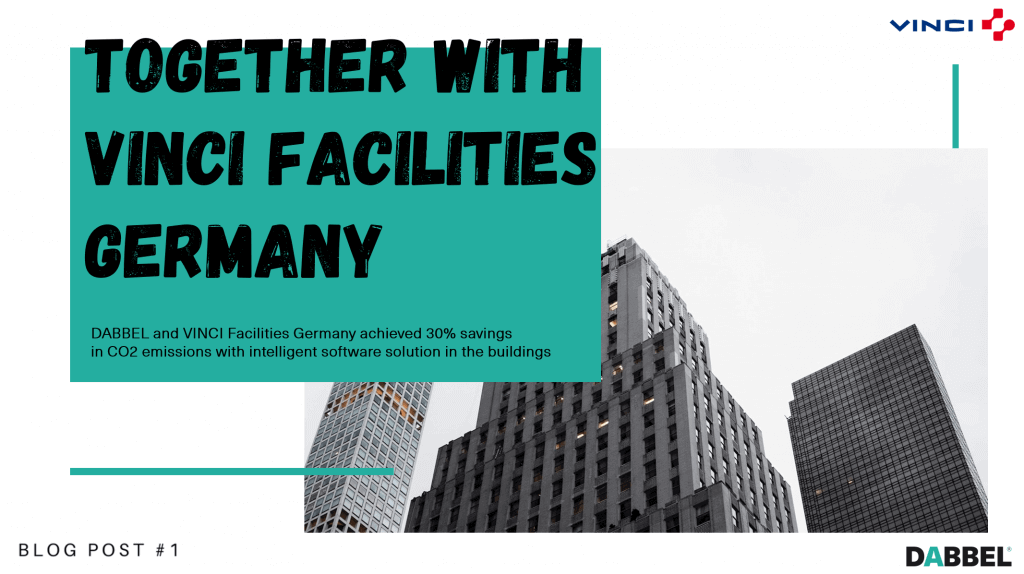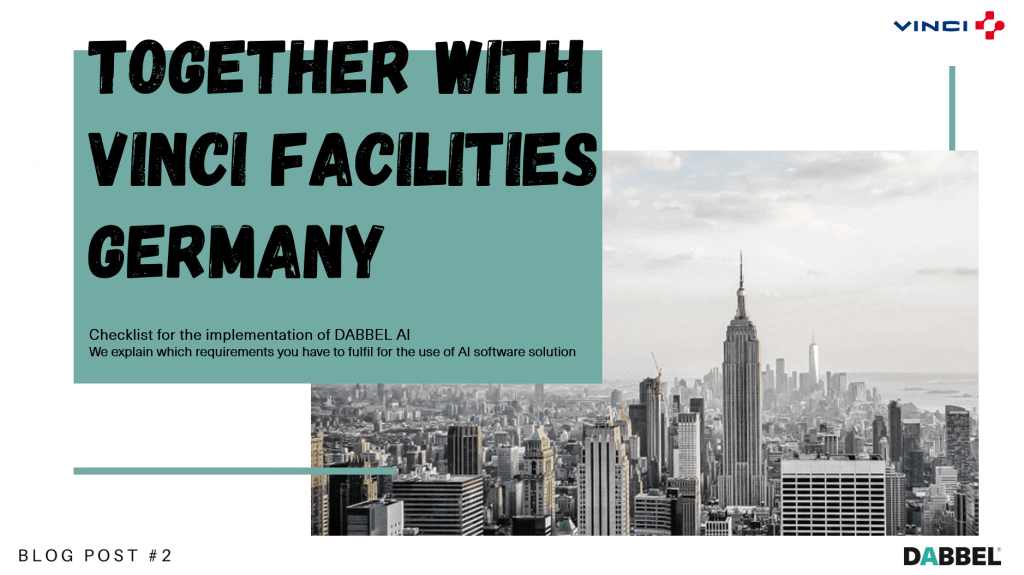As we announced in the previous article, today we will elaborate about the connection of the DABBEL AI software.
Before we describe this process in more detail, we want to point out once again what requirements are necessary for the implementation of DABBEL AI software
The requirements for a quick implementation of the software of DABBEL are listed below:
- Commercial Commercial buildings above 5,000 m2 – offices, hotels, schools, shopping centers
- A building management system (BMS) in use, irrespective of the manufacturer
- Ideally BACnet/IP as the main communication protocol
- Internet access to the building network/BMS
Options for connection – VPN tunnel

DABBEL recommends two different VPN services to meet the high transmission security:
- IPSec: a standard protocol for securing Internet communications. This option is generally suitable if the VPN tunnel is configured in a firewall that is connected to the building control system network and has access to the Internet.
- OpenVPN: is also a common protocol for encrypting Internet communication. This solution is recommended if the communication interface does not have access to the firewall.
Other connection options are possible and should be coordinated with our team about the respective customer requirements.
What is required in advance
To establish the connection and open the VPN tunnel, certain information is needed in advance. These depend on the use of the VPN services. If you are using IPSec or the OpenVPN connection, the following information is required:
- Public Client Peer IP/Domain
- Client LAN IP/Subnet
Connection process

Initially, a VPN connection is established between DABBEL’s cloud services and the building. When the connection is successfully set up, the BMS network will be scanned to find all available BACnet/IP controllers. In the next step, the object list is retrieved and all sensors and actuator types are automatically identified.
Based on the identified sensor and actuator type, as well as specific building documentation (HVAC plans/drawings, BMS screenshots, etc.), a thermal model of the building is created.
Once the configuration is complete, DABBEL AI starts to read out the relevant data points in real time and optimise them by using self-learning algorithms.
Case study
With a technical employee from DABBEL and an expert from VINCI Facilities Germany, this connection could be accomplished in less than an hour. This was proven in one of the projects in Lohmar, Germany. In conclusion, DABBEL AI software was connected within 45 minutes.
Afterwards, DABBEL AI was able to start directly with the implementation and optimisation, so that they could go live after a few days.
Christian Ochßner, Department Manager Building Services at VINCI Facilities Germany:
“In our joint projects, the connection of the software was implemented quickly, easily and without much effort with the help of DABBEL’s extremely competent employees. Thus, we were able to record the first savings after a short time.”

The connection started at 9:14 am. The first step was to log into the system of VINCI Facilities Germany. And the VPN connection was established at 9:59 am as the photo below:

DABBEL offers pure software solution which does not need local presence or hardware. Thanks to the simple process and joint collaboration, we at DABBEL can concentrate on the essentials – i.e. optimising buildings without having to deal with preliminary analysis. Therefore, the first results can be recorded after only one week.
If you have any questions about these steps or need assistance, please contact Mr. Hahn, Mr. Ochßner or send an email to us: info@dabbel.eu
![]()
If you would like to learn more about the connection process, please feel free to contact us. In our next article, we will explain how we calculate the energy savings.



